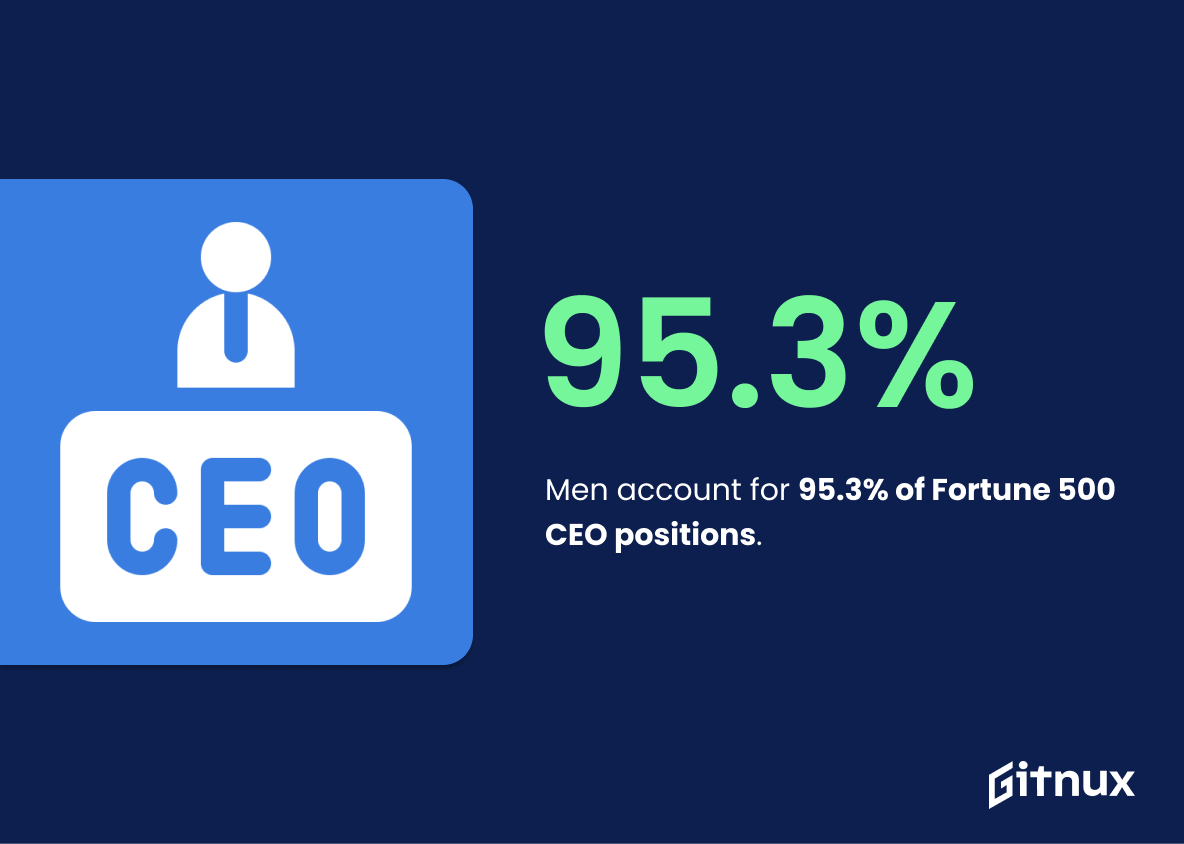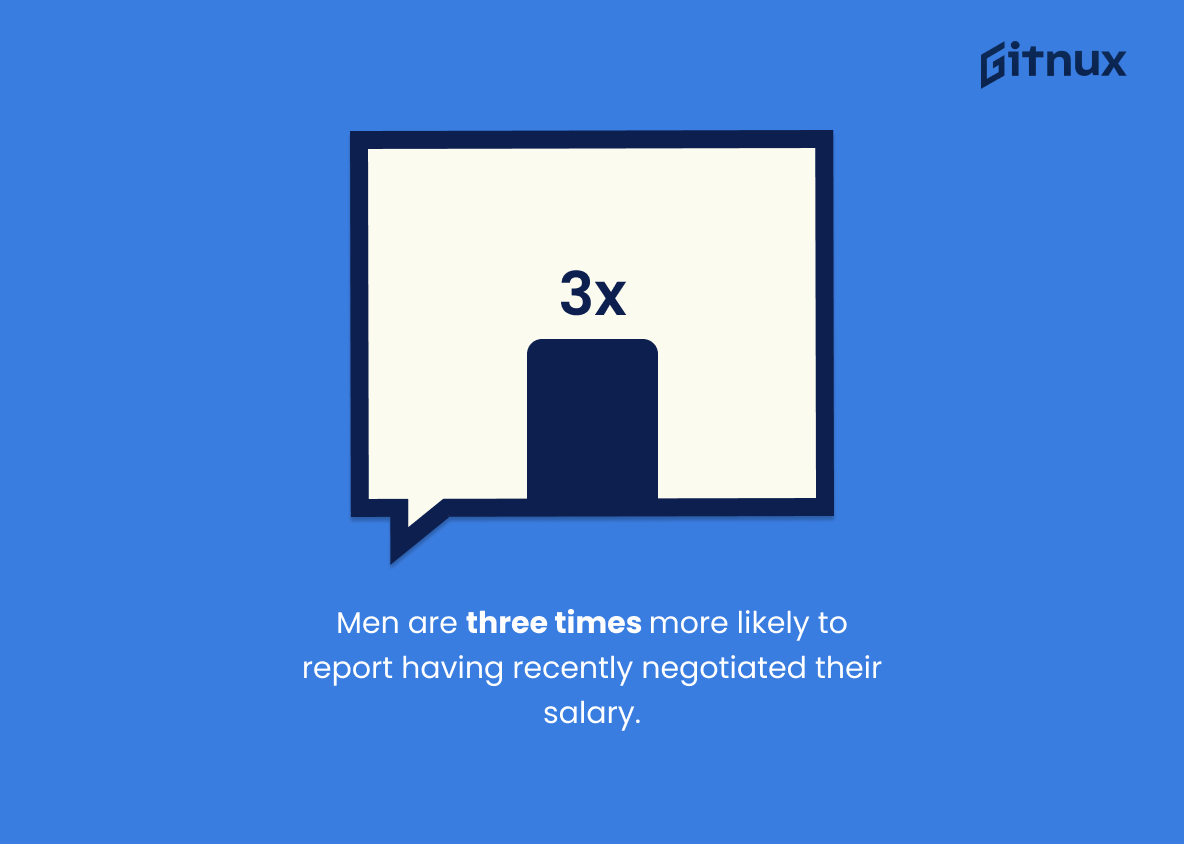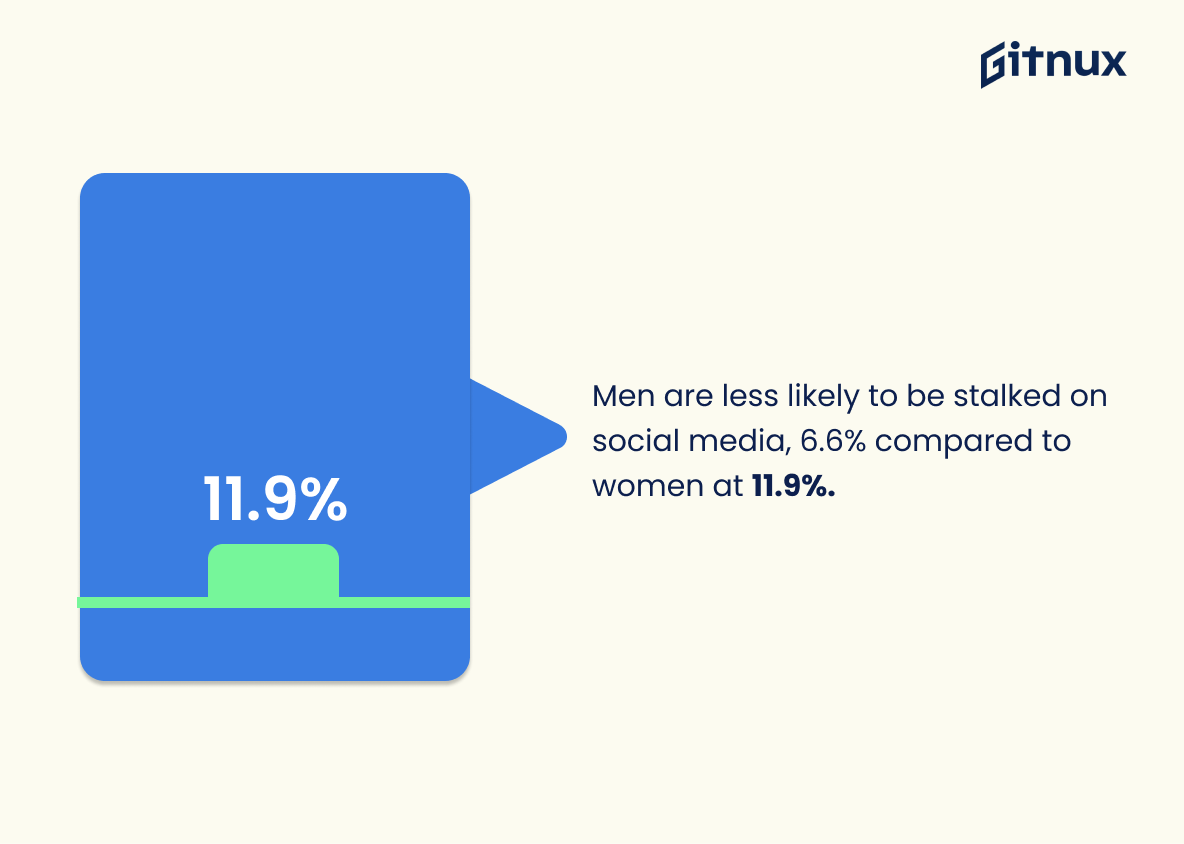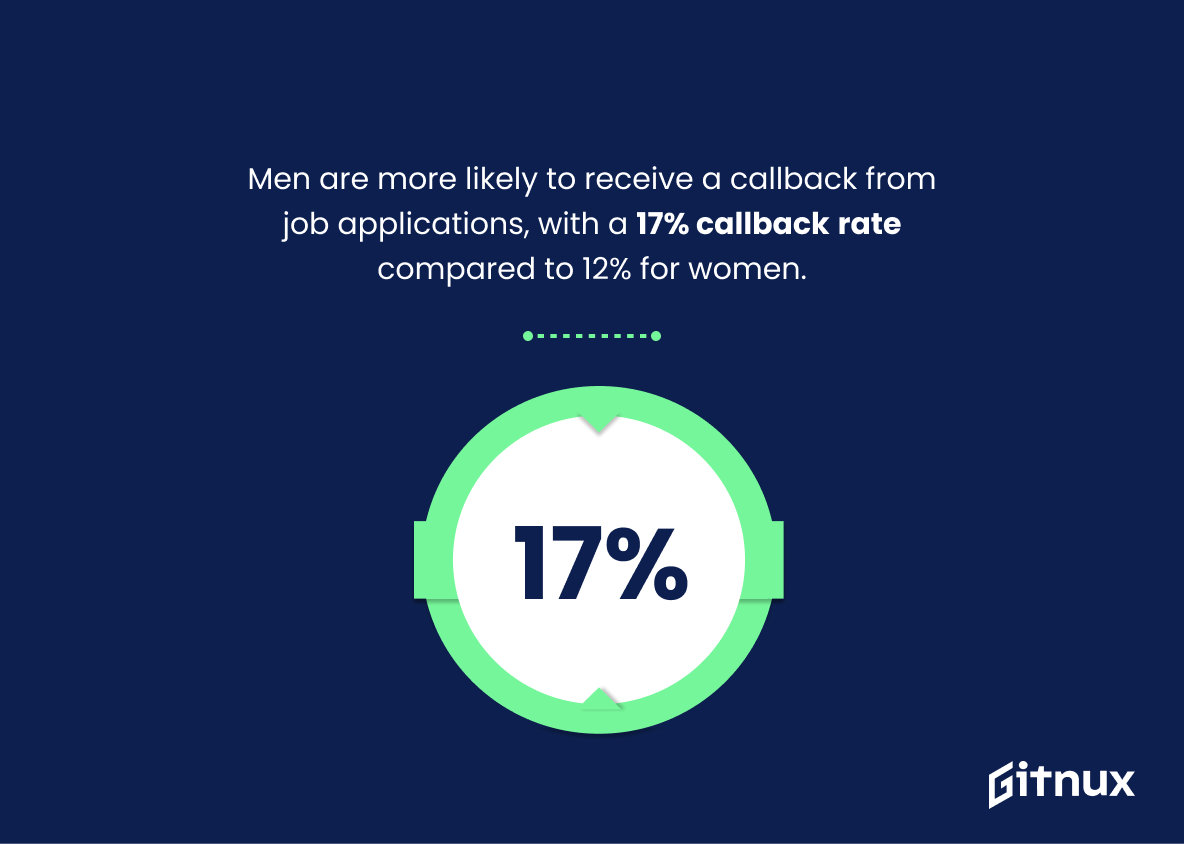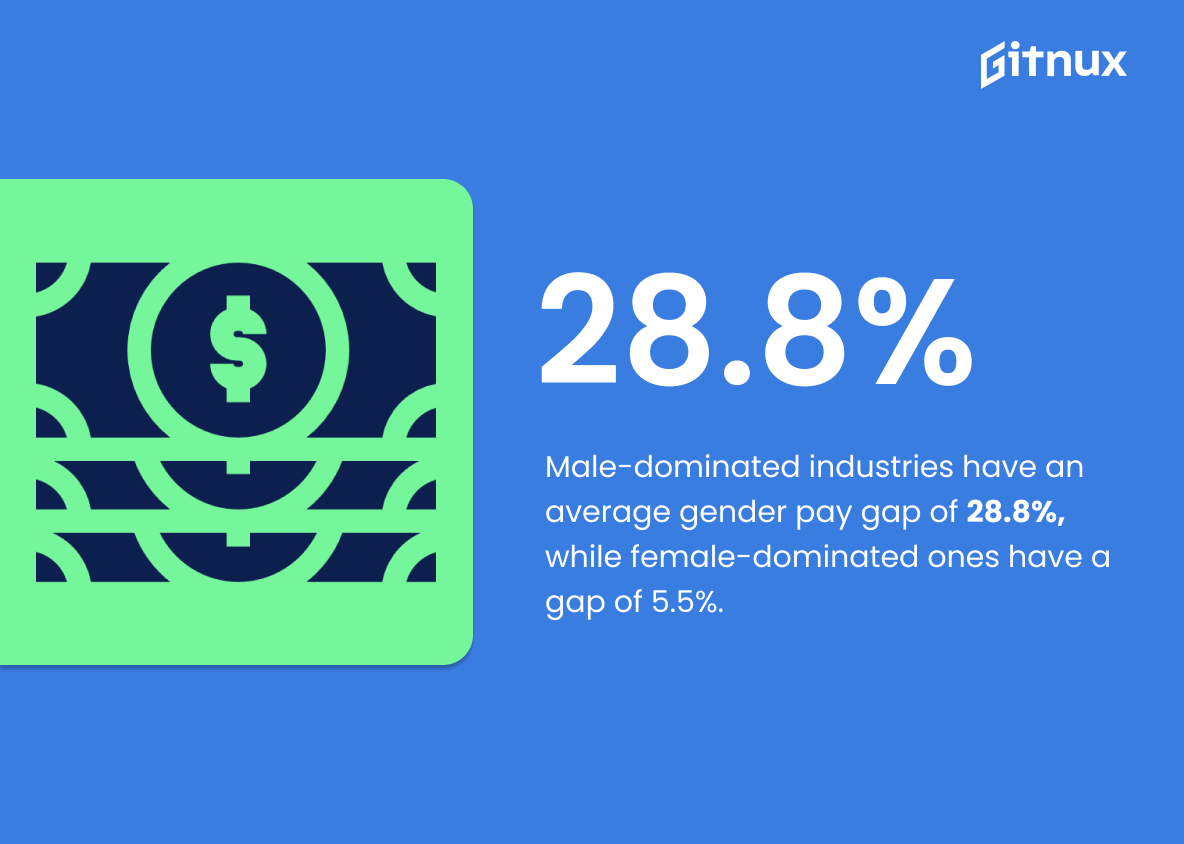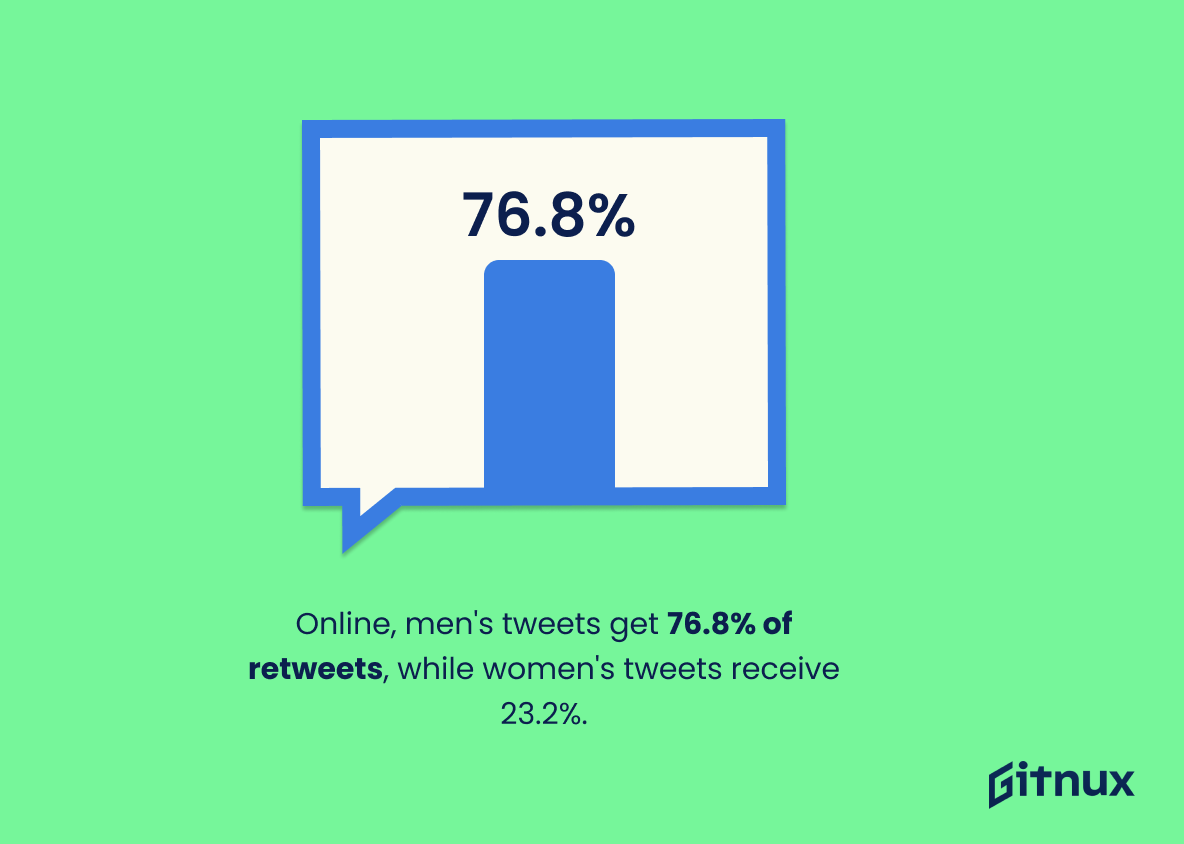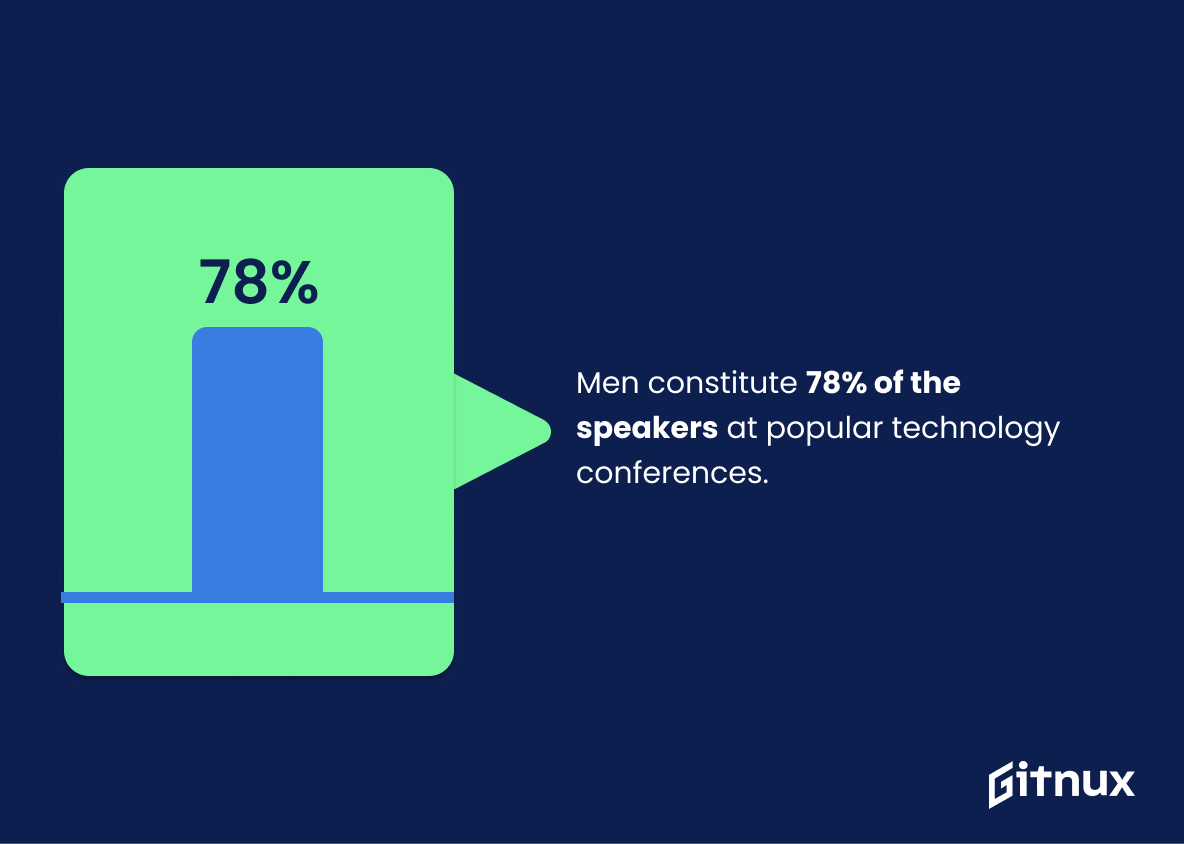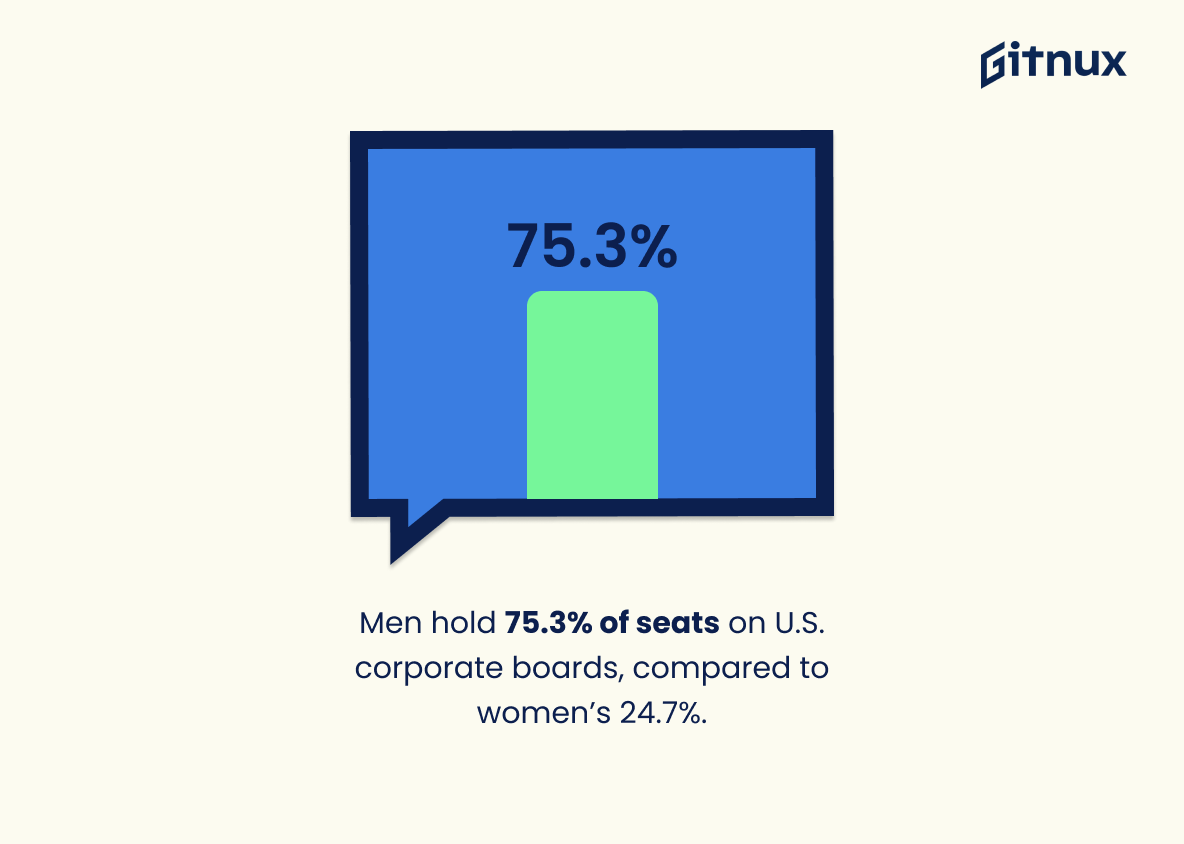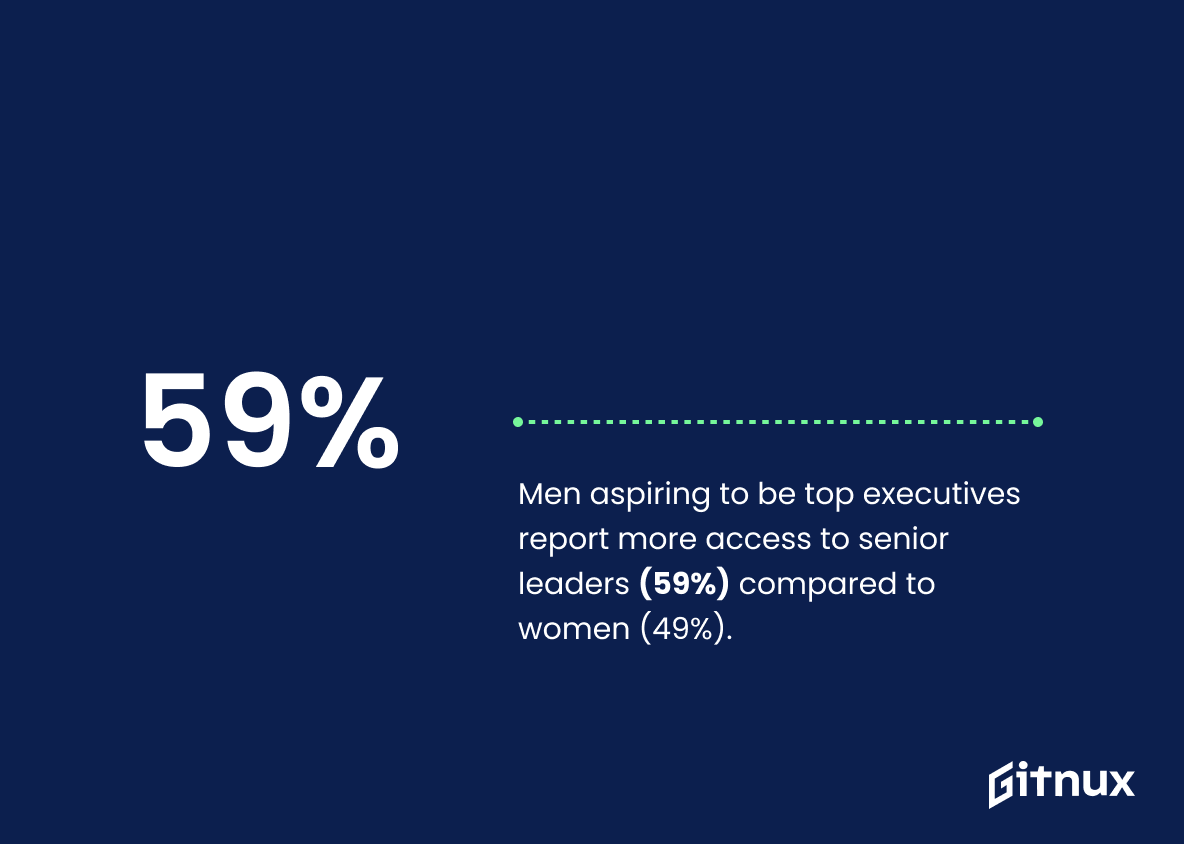The statistics surrounding male privilege are staggering. From the gender pay gap to unequal access to senior leadership, men have a clear advantage in many areas of life. This blog post will explore 20 different statistics that demonstrate how pervasive this issue is and why it needs to be addressed. We’ll look at data from sources such as Pew Research Center, International Labour Organization (ILO), Fortune 500 companies, Inter-Parliamentary Union (IPU), Business Insider, Stanford University’s Gender News Network and more. By examining these facts and figures we can gain an understanding of just how far reaching the effects of male privilege really are – both globally and within our own communities.
This statistic serves as a stark reminder of the gender inequality that exists in the world today. It highlights the fact that, on average, men are earning more than women, and that this disparity is a global issue. This statistic is an important part of the conversation about male privilege and the need for greater gender equality.
Women do nearly 2.6 times more unpaid care and domestic work than men.
This statistic serves as a stark reminder of the gender inequality that still exists in many societies today. It highlights the fact that women are still expected to take on the majority of unpaid care and domestic work, while men are often given the freedom to pursue other activities. This inequality of labor is a form of male privilege that has been perpetuated for generations, and it is important to recognize and address it in order to create a more equitable society.
Male Privilege Statistics Overview
Men account for 95.3% of Fortune 500 CEO positions.
This statistic serves as a stark reminder of the prevalence of male privilege in the corporate world. It highlights the fact that men are overwhelmingly represented in the highest positions of power, while women are largely excluded from these roles. This statistic is a powerful illustration of the systemic gender inequality that exists in the workplace, and it is an important reminder of the need for greater gender diversity in leadership positions.
Men are three times more likely to report having recently negotiated their salary.
This statistic speaks volumes about the prevalence of male privilege in the workplace. It suggests that men are more likely to be comfortable and confident in negotiating their salary, while women may be more hesitant or lack the same level of assertiveness. This could be due to a variety of factors, such as gender stereotypes, lack of access to resources, or even a lack of confidence in their own abilities. Ultimately, this statistic highlights the need for more equitable pay practices and the importance of creating an environment where everyone feels comfortable and empowered to negotiate their salary.
49% of men aged 18-29 have received a foot-in-the-door opportunity from someone they know, compared to just 39% of women.
This statistic highlights the disparity between men and women when it comes to receiving foot-in-the-door opportunities from someone they know. It speaks to the reality that men are more likely to be given a chance to prove themselves and advance their career, while women are often overlooked and denied the same opportunities. This is a stark reminder of the privilege that men have in the workplace and the need for greater gender equality.
Men are less likely to be stalked on social media, 6.6% compared to women at 11.9%.
This statistic serves as a stark reminder of the privilege men have in comparison to women when it comes to safety on social media. It highlights the fact that women are more than twice as likely to be stalked on social media than men, a clear indication of the gender inequality that still exists in our society.
Men are more likely to receive a callback from job applications, with a 17% callback rate compared to 12% for women.
This statistic serves as a stark reminder of the prevalence of male privilege in the job market. It highlights the fact that, despite the strides made in gender equality, women are still facing an uphill battle when it comes to securing employment. This statistic is a powerful illustration of the systemic inequality that women face in the workplace.
Male-dominated industries have an average gender pay gap of 28.8%, while female-dominated ones have a gap of 5.5%.
This statistic serves as a stark reminder of the prevalence of male privilege in the workplace. It highlights the fact that, even in industries where women are the majority, they are still paid significantly less than their male counterparts. This is indicative of a systemic problem that needs to be addressed in order to ensure that all genders are treated equally and fairly in the workplace.
Men are more likely to be listened to online, with 76.8% of retweets coming from men’s tweets compared to 23.2% from women’s tweets.
This statistic serves as a stark reminder of the prevalence of male privilege in the online world. It highlights the fact that men are more likely to be heard and their opinions more likely to be shared, while women’s voices are often overlooked. This is an important statistic to consider when discussing male privilege, as it demonstrates the unequal power dynamics that exist in the digital space.
Men are more likely to receive venture capital funding, with only 2.8% of total funding going to women-led businesses.
This statistic serves as a stark reminder of the prevalence of male privilege in the venture capital industry. It highlights the fact that women-led businesses are being systematically underfunded, and that the gender gap in venture capital funding is still a major issue. This statistic is a powerful illustration of the systemic inequality that exists in the venture capital industry, and it is a reminder that more needs to be done to ensure that women-led businesses receive the same level of funding as their male counterparts.
Men constitute 78% of the speakers at popular technology conferences.
This statistic serves as a stark reminder of the prevalence of male privilege in the technology industry. It highlights the fact that men are disproportionately represented in the field, and that women are often excluded from the conversation. This is an issue that needs to be addressed in order to create a more equitable and inclusive environment for all.
Men with criminal records are nearly twice as likely to find a job compared to women without a criminal record.
This statistic serves as a stark reminder of the privilege that men have in the job market, even when they have a criminal record. It highlights the fact that men are more likely to be given a chance to prove themselves in the workplace, while women without a criminal record are often overlooked. This is an example of how male privilege can manifest itself in the workplace, and it is an important statistic to consider when discussing the issue of male privilege.
Around 61% of males aged 15 or older participate in the global labor force compared to only 45.8% of females.
This statistic serves as a stark reminder of the gender inequality that exists in the global labor force. It highlights the fact that males are more likely to have access to economic opportunities than females, which is a form of privilege that is often overlooked. This statistic is a powerful reminder that male privilege is still a reality in many parts of the world.
Men hold 75.3% of seats on U.S. corporate boards, compared to women’s 24.7%.
This statistic serves as a stark reminder of the prevalence of male privilege in the corporate world. It highlights the fact that women are significantly underrepresented in positions of power and influence, and that men are disproportionately favored in terms of access to these opportunities. This statistic is a powerful illustration of the systemic gender inequality that exists in the corporate world, and serves as a call to action for those who wish to create a more equitable and inclusive workplace.
Men are more likely to report access to senior leaders among those who aspire to be top executives, 59% compared to 49% for women.
This statistic serves as a stark reminder of the prevalence of male privilege in the workplace. It highlights the fact that men are more likely to have access to senior leaders, and thus more likely to be able to advance their careers and reach the top executive positions. This disparity in access to senior leaders is a key factor in the gender gap in executive positions, and serves as a reminder of the need for greater gender equality in the workplace.
Conclusion
The statistics presented in this blog post demonstrate the prevalence of male privilege across a variety of industries and sectors. From higher wages to more access to senior leaders, men are consistently favored over women when it comes to opportunities for advancement. This is further compounded by the fact that women do significantly more unpaid care work than their male counterparts, making it even harder for them to compete on an equal footing with men in terms of career progression. It is clear from these figures that there needs to be greater efforts made towards achieving gender equality if we want all individuals regardless of gender identity or expression have an equal chance at success.
References
0. – https://www.ilo.org
1. – https://www.pewresearch.org
2. – https://www.businessinsider.com
3. – https://www.pitchbook.com
4. – https://www.data.worldbank.org
5. – https://www.rainn.org
6. – https://www.nber.org
7. – https://www.quora.com
8. – https://www.genderavenger.com
9. – https://www.pwc.com
10. – https://www.iwpr.org
11. – https://www.pewsocialtrends.org
12. – https://www.fortune.com
13. – https://www.gender.stanford.edu
14. – https://www.catalyst.org
